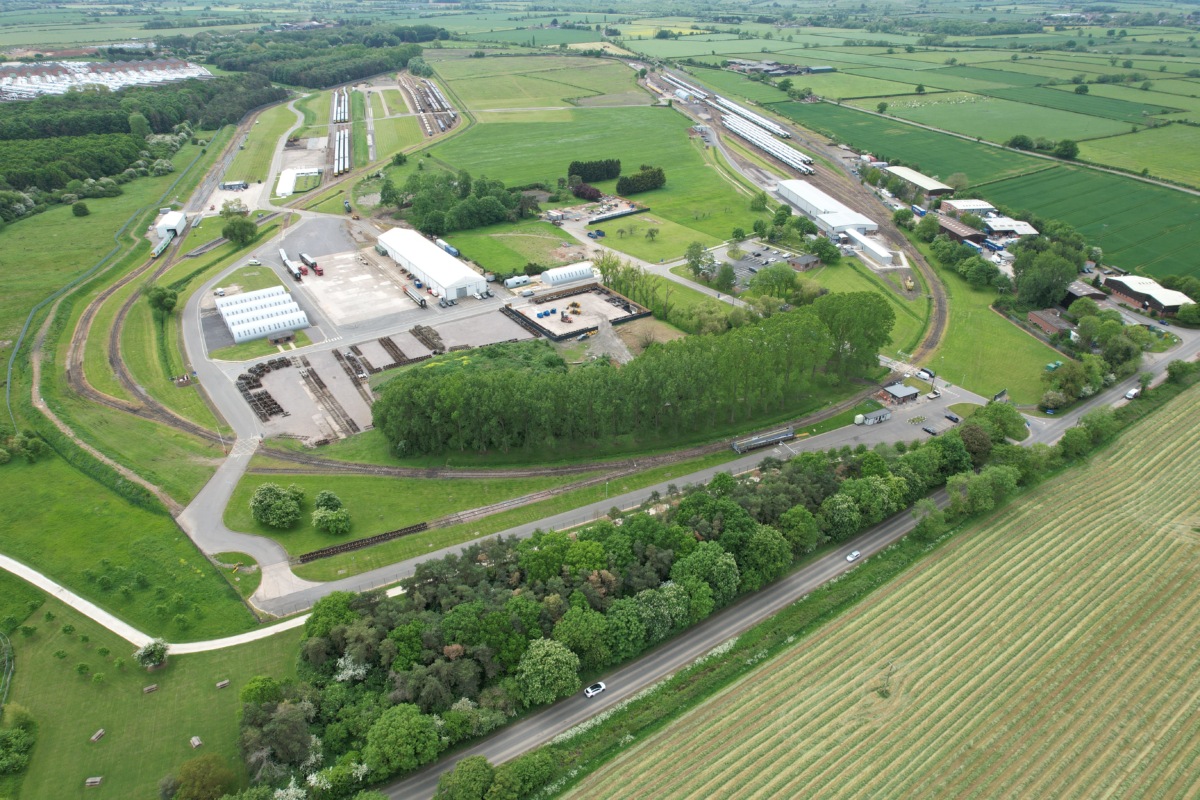New technology developed by Siemens Mobility that makes battery charging and 25kV power supply possible in areas of the UK railway where overhead line equipment is not currently available is to be installed at Porterbrook’s Long Marston Rail Innovation Centre.
Siemens Mobility’s Rail Charging Converter (RCC) has been supported by Department for Transport through Innovate UK’s First of a Kind programme. It is a mobile rail charging facility that can go anywhere and boost weak electricity networks to deliver the 25kV supply needed for battery traction.
Porterbrook’s Long Marston Rail Innovation Centre in Warwickshire comprises 20km of track for railway testing, engineering and storage.
As part of the agreement, Siemens Mobility and Porterbrook will contribute to the funding of the RCC demonstrator, which will play a key part in the comprehensive track and power upgrades being undertaken at the site to enhance its long-term testing capabilities.
Rob Morris, Joint CEO at Siemens Mobility said: “This is a great opportunity for the UK rail network. We all know rail is the greenest form of transport. Our Rail Charging Converter, delivered here in the UK, can help transform journeys for passengers by supporting trains to use clean power in the form of battery or electric.”
Ben Ackroyd, Chief Operating Officer at Porterbrook said: “Long Marston Rail Innovation Centre is the perfect site for Siemens Mobility to pilot and develop this innovative technology, which will provide a permanent traction power solution to the site. We’re delighted to support Siemens Mobility with this project, which can help the UK railway to extend cleaner battery EMU operation across the network.”
The team will install a novel charging solution which was designed to enable charging of trains with batteries, fed from existing standard local power supply cables.
The modular and containerised system uses power electronics to provide a fully compliant, standard connection between modern three wire electricity grid and the single wire railway.
The converter essentially reduces the electrification infrastructure needed by being able to plug into existing power cables and deliver the ideal power supply for trains.
Compatible with all overhead line equipment powered trains, the small, low-cost design enables the removal of diesel passenger train operation on routes without continuous electrification.
Notes to editors:
Transportation in Britain accounts for 27% of carbon emissions and electrification of the country’s rail network is vital to transform the everyday journeys for passengers and accelerate the journey to net zero.
Projects such as these first of a kind projects, and others like it, allows the UK to explore which solutions are the best for the country’s needs.
